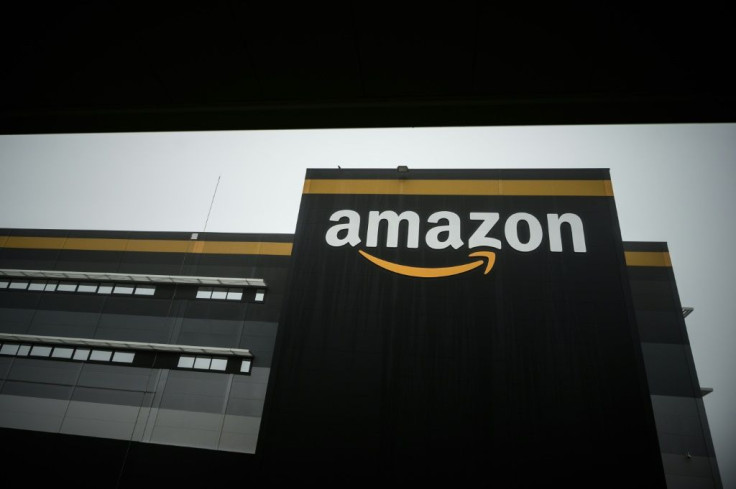Amazon Stock Down 9% On Q3 Earnings Miss, First Profit Drop Since 2017

Amazon.com, Inc. got hit hard in after hours trading Thursday, its stock plunging by close to nine percent at one point after revealing gloomier than expected third quarter earnings results that saw investments cut into its profitability.
Adding to Amazon’s travails was its bleak revenue guidance for the holiday shopping season, which again seemed to have been triggered by the company's massive spate of investments in a range of industries. The third quarter saw Amazon's profit fell for the first time in more than two years.
Amazon reported a Q3 profit of $2.1 billion ($4.23 a share) on sales of $69.98 billion. Sales rose from $56.58 billion year-on-year, while earnings weakened from $5.75 a share. It's the first time Amazon earnings have fallen year-over-year since June 2017.
FactSet analysts on average expected Amazon to report earnings of $4.59 a share on sales of $68.83 billion.
Analysts said sustained investments are cutting into Amazon’s profitability. The company's operating income fell to $3.2 billion, down 14 percent year-on-year compared to $3.7 billion. For Q4, Amazon forecasts operating income to range from $1.2 billion and $2.9 billion, which is below the $4.2 billion estimated by analysts.
Amazon said its revenue jumped 24 percent to $70 billion in Q3. Analysts said this marked improvement is one of the fruits of Amazon's massive investment in free one-day shipping and this has led to more purchases.
Amazon spent some $1.5 billion since the second quarter to expand its free one-day delivery program to more products and regions across the U.S. It said it's ready to spend another $1.5 billion in Q4 to expand its warehouse network and product selection.
“Customers are buying more often and they’re buying more products,” said CFO Brian Olsavsky during the earnings call with reporters.
Amazon Web Services (AWS), the company's cloud business, posted revenues of $9 billion, a tad short of analysts' expectations of $9.1 billion. Its operating income came to $2.26 billion, up 9% year-on-year, but below the $2.55 billion FactSet consensus estimate.
AWS' revenue growth came in at 35%, the slowest since AWS started disclosing this data in 2015. It has accounted for the majority of Amazon’s operating income, and any signs of a deceleration in its growth will be a drag on future earnings.
AWS' growth rate is down compared to Q2 in which revenue grew 37%, and well below the 42% annual growth rate in Q1 and a 46% rate in the fourth quarter of 2018.
AWS accounted for close to 72 percent of Amazon's nearly $3.2 billion in operating income. This operating income fell to $3.2 billion in Q3, 14% lower year-on-year compared to $3.7 billion. Amazon forecasts Q4 operating income to range from $1.2 billion and $2.9 billion, also below the $4.2 billion analysts' estimate.
Amazon’s Q4 revenue guidance came in between $80.0 billion to $86.5 billion, far below analysts' average estimate of $87.4 billion. Analysts said this confirms suspicions the upcoming holiday season won't be a season of joy for Amazon.

Amazon's key results for Q3:
- Revenue: $70 billion vs. $68.8 billion, according to analysts surveyed by Refinitiv
- Earnings per share: $4.23. Analysts expected $4.62 per share.
- AWS revenue: $9 billion, up 35 percent compared to the third quarter of 2018.
The gloomy holidays predicted by analysts were at odds with statements to the contrary from Amazon CEO Jeff Bezos.
"We are ramping up to make our 25th holiday season the best ever for Prime customers -- with millions of products available for free one-day delivery," said Bezos.
"Customers love the transition of Prime from two days to one day -- they've already ordered billions of items with free one-day delivery this year. It's a big investment, and it's the right long-term decision for customers," Bezos added.
"And although it's counterintuitive, the fastest delivery speeds generate the least carbon emissions because these products ship from fulfillment centers very close to the customer -- it simply becomes impractical to use air or long ground routes. Huge thanks to all the teams helping deliver for customers this holiday," he said.
© Copyright IBTimes 2025. All rights reserved.





















